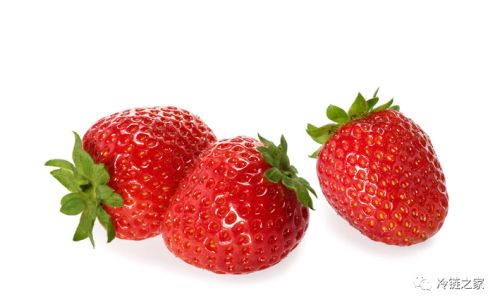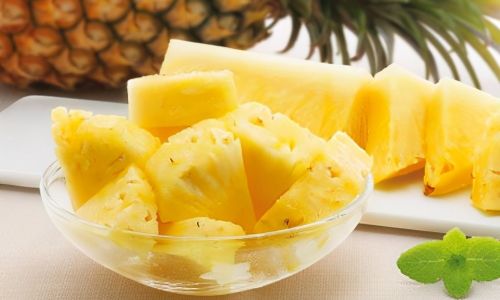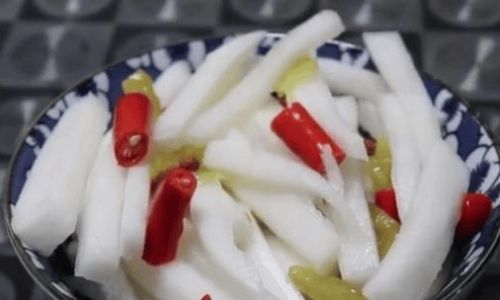Strawberries, with their vibrant red hue and juicy sweetness, are a beloved fruit worldwide. However, their delicate nature makes them highly perishable, often lasting only a few days after purchase. This brevity stems from their thin skin, high moisture content, and susceptibility to mold and bacterial growth. Fortunately, with the right techniques, you can extend their freshness and enjoy their flavor for weeks or even months. This article explores ten proven methods to preserve strawberries, ensuring none go to waste.
Refrigeration: The Short-Term Solution
Refrigeration is the simplest way to keep strawberries fresh for a few extra days. Start by inspecting the berries and discarding any that are moldy or damaged, as they can spoil the rest. Do not wash them until ready to use, as excess moisture accelerates decay. Gently pat dry any visible debris with a paper towel.
Store strawberries in a breathable container, such as a plastic clamshell with ventilation holes or a colander lined with paper towels. Avoid sealing them in airtight bags, as this traps moisture. Instead, place them in a single layer to prevent crushing. Stored this way, strawberries can last 3–7 days in the refrigerator. Check daily for signs of spoilage and remove any affected berries immediately.
Freezing for Long-Term Storage
Freezing is ideal for preserving strawberries for several months. Begin by washing the berries under cool water and removing the stems. Pat them dry thoroughly to prevent ice crystals from forming. For convenience, slice larger berries into halves or quarters.
Flash freezing ensures the berries don’t clump together. Spread them in a single layer on a baking sheet lined with parchment paper and freeze for 2–3 hours. Once frozen, transfer them to airtight freezer bags or containers, removing as much air as possible. Label with the date and store at 0°F (-18°C). Frozen strawberries retain their flavor for up to 12 months and are perfect for smoothies, baked goods, or sauces. Thaw them in the refrigerator before use, or add directly to recipes for a chilled texture.

Making Strawberry Jam
Transforming strawberries into jam is a classic preservation method that extends their shelf life while concentrating their flavor. Start by washing, hulling, and crushing 4 cups of berries. Combine with 4 cups of sugar and 1 tablespoon of lemon juice in a large pot. Simmer over medium heat, stirring frequently to prevent burning.
To thicken the jam, add pectin (a natural gelling agent) following the package instructions. Skim off any foam that forms. Once the mixture reaches 220°F (104°C) on a candy thermometer, transfer it to sterilized jars, leaving ¼-inch headspace. Wipe the rims, seal with lids, and process in a boiling water bath for 10 minutes. Store unopened jars in a cool, dark place for up to a year. Refrigerate after opening.
Dehydrating Strawberries
Dehydration removes moisture, inhibiting microbial growth. Use a food dehydrator or an oven set to 135°F (57°C). Wash, hull, and slice strawberries into ¼-inch thick pieces. Arrange them in a single layer on dehydrator trays or baking sheets lined with parchment paper.
Dehydrate for 8–12 hours, or until the berries are leathery and no moisture remains. Store in airtight containers away from light. Dried strawberries can last 6–12 months and are delicious in granola, trail mix, or rehydrated in warm water for sauces.

Vinegar Rinse for Extended Freshness
A vinegar solution can kill bacteria and mold spores on strawberry surfaces. Mix 1 part white vinegar with 3 parts water in a large bowl. Soak the berries for 5 minutes, then rinse thoroughly under cool water. Spread them on a clean towel to dry completely.
This method extends refrigerator life to 7–10 days. The vinegar scent dissipates after rinsing, leaving no lingering taste. Use organic vinegar to avoid chemical residues.
Lemon Juice Coating
Lemon juice acts as a natural antioxidant, preventing browning and adding a citrusy kick. After washing and drying strawberries, toss them gently in a mixture of 1 tablespoon lemon juice and 1 cup water. Drain and pat dry. Store in an airtight container lined with paper towels. Refrigerated, they’ll last 5–7 days. This method works best for berries intended for immediate use, as prolonged storage may alter texture.
Sugar Syrup Preservation
Submerging strawberries in sugar syrup creates a high-osmolarity environment that bacteria cannot thrive in. Prepare a syrup by boiling 2 cups sugar and 3 cups water until dissolved. Cool completely. Wash, hull, and halve strawberries, then pack them into sterilized jars. Pour the syrup over the berries, ensuring they’re fully covered. Seal tightly and refrigerate. These berries last 2–3 weeks and are ideal for desserts or cocktails.

Alcohol Infusion
Infusing strawberries in alcohol, such as vodka or brandy, preserves them while imparting flavor. Wash and hull the berries, then prick them with a fork to release juices. Place in sterilized jars and cover with alcohol. Seal and store in a cool, dark place for 4–6 weeks. Strain the liquid to create a fruity liquor, or use the berries in desserts. The alcohol-preserved strawberries can last up to a year.
Vacuum Sealing
Vacuum sealing removes oxygen, slowing oxidation and microbial growth. Wash, dry, and hull strawberries, then place them in vacuum-seal bags. Use a vacuum sealer to remove air and seal tightly. Store in the refrigerator for 2–3 weeks or freeze for 6–12 months. This method retains texture better than freezing alone, as air exposure is minimized.
Proper Handling and Storage Tips
- Avoid Moisture: Wet strawberries spoil rapidly. Always dry them thoroughly after washing.
- Gentle Handling: Bruised berries decay faster. Handle them delicately to prevent damage.
- Check Regularly: Inspect stored strawberries daily and remove any spoiled ones to prevent contamination.
- Use Acidic Solutions: As mentioned earlier, vinegar or lemon juice washes can extend freshness.
Conclusion
Strawberries are a seasonal treasure, but their perishability need not limit enjoyment. By employing techniques like refrigeration, freezing, jam-making, dehydration, and vinegar rinses, you can savor their flavor year-round. Each method suits different needs: freezing for longevity, jams for gift-giving, and dehydration for portable snacks. Experiment to find your favorite, and reduce food waste by preserving berries at their peak. With these strategies, you’ll never let a single strawberry go unused again.





0 comments